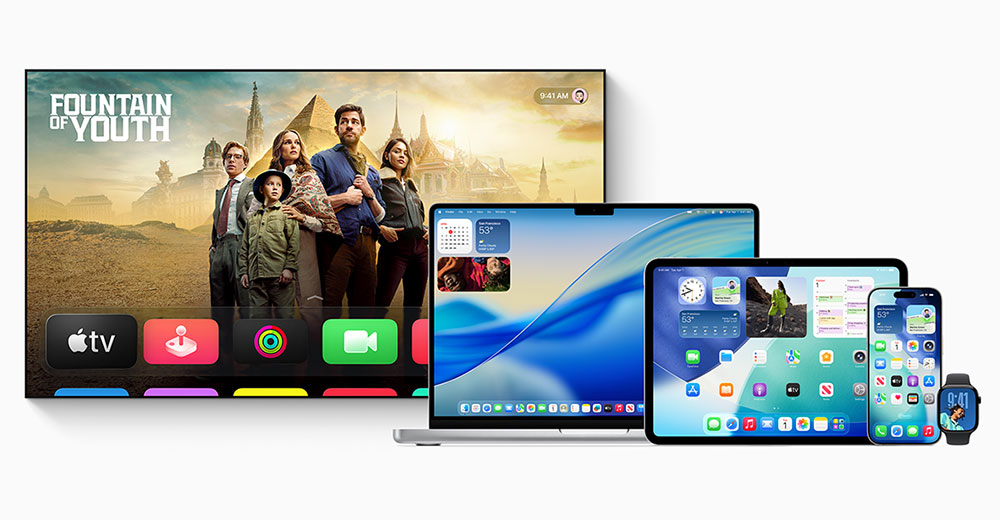

### The Influence of Apple Vision Pro on Healthcare Communication
Since its debut, Apple Vision Pro has attracted interest for its potential uses in both entertainment and professional settings. Nonetheless, its most substantial long-term effects might be found within the healthcare domain. A recent clinical trial by Cognixion is investigating how this cutting-edge device can aid individuals suffering from conditions like ALS, spinal cord injuries, and stroke-related difficulties in communication via a blend of brain signals, eye tracking, and artificial intelligence (AI).
#### Cognixion’s Clinical Trial
Cognixion’s clinical trial, set to continue until April 2026, seeks to improve communication for over 14 million individuals in the U.S. living with neurological disorders that impede their speech. The trial employs a device that has not yet received FDA clearance and is not available commercially, yet its outcomes could profoundly shape the future of accessibility technologies and communication approaches.
Andreas Forsland, CEO of Cognixion, accentuated the necessity of combining Apple’s accessibility features with their non-invasive brain-computer interface (BCI) technology. The aim is to promote greater autonomy and connection for those with severe communication restrictions, all without resorting to surgical procedures or cumbersome setups.
#### Why Apple Vision Pro?
Apple Vision Pro is distinctly engineered to drive innovation in healthcare. Its high-resolution video passthrough enables users to see and engage with their environment while utilizing digital overlays for communication. This feature positions Vision Pro as a formidable asset in augmenting reality (AR) applications, particularly in medical contexts.
Cognixion’s Nucleus technology, which interprets brain activity through an EEG headset, can be effectively integrated with Vision Pro. This synergy permits brain signals to be converted into commands within Apple’s spatial computing ecosystem. The accessibility framework of Vision Pro is pivotal for this collaboration, as functionalities like Eye Tracking, Dwell Control, AssistiveTouch, and Switch Control empower users with limited motor abilities to navigate and engage without conventional input methods.
#### The Wider Significance of Accessibility Technology
The partnership between Cognixion and Apple underscores the broader significance of accessibility technology. As highlighted by Steven Aquino, a well-known advocate for accessibility, the progress in Apple’s operating systems and devices continually enhances the experience for all users, not just those with disabilities. This viewpoint strengthens the notion that accessibility should be seen not as a specialized feature but as a fundamental element of technology that benefits everyone.
Apple’s strategy concerning Vision Pro exemplifies how the company can impact entire sectors without directly participating in them. Although Vision Pro was not explicitly created as a medical device, the accessibility framework embedded in visionOS is facilitating significant medical research and development.
#### Conclusion
Cognixion’s collaboration with Apple Vision Pro signals the start of a transformative era in communication technology. It implies a future where technology not only fosters connections but also empowers individuals to communicate proficiently, irrespective of their physical constraints. This initiative highlights the belief that Apple’s most consequential innovations are not always the most widely publicized; instead, they frequently consist of the understated improvements that markedly enhance the quality of life for those who require them the most. As we anticipate the future, the upcoming decade is poised to deliver remarkable advancements in how technology can benefit humanity, particularly in the healthcare sector.